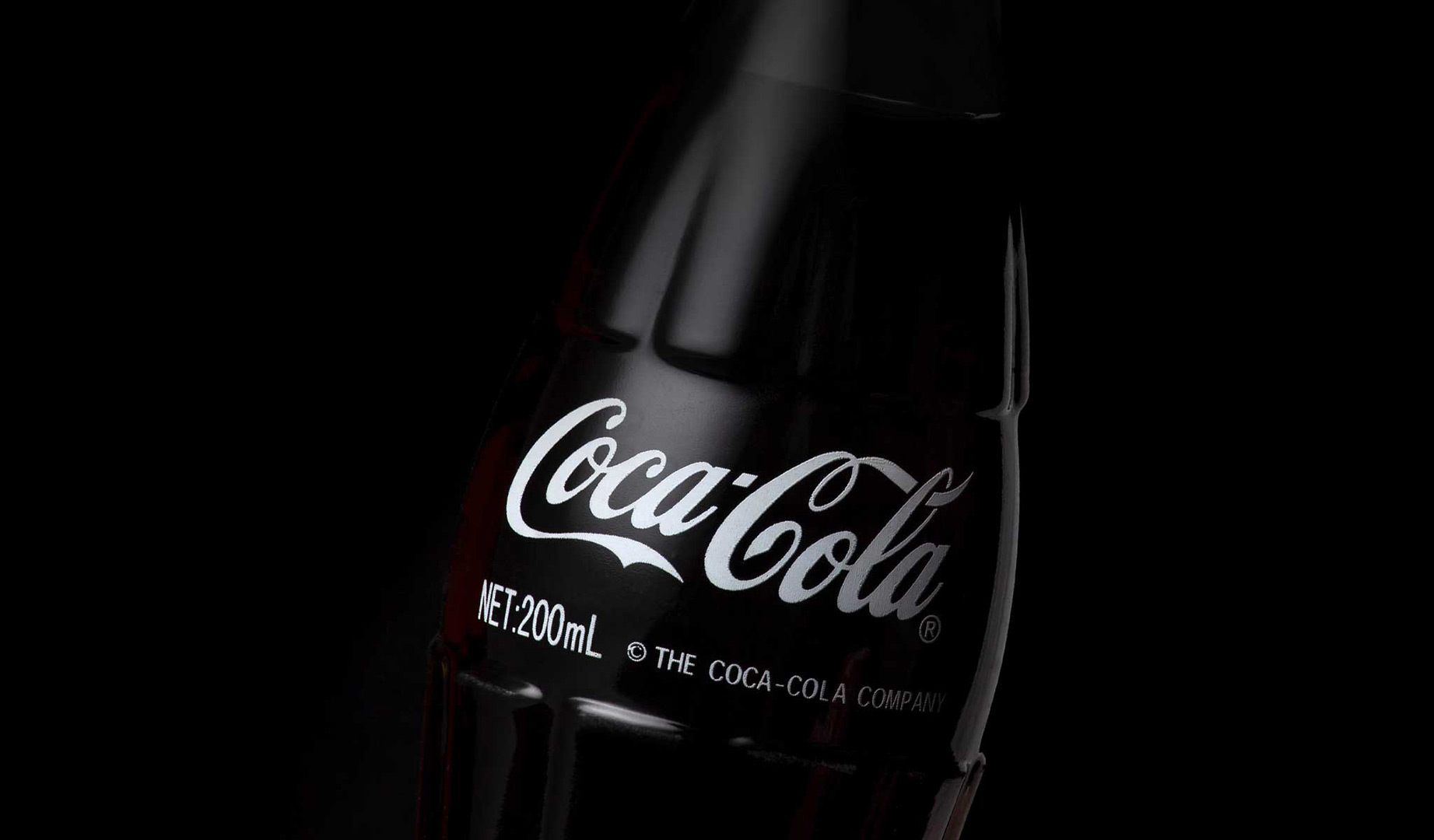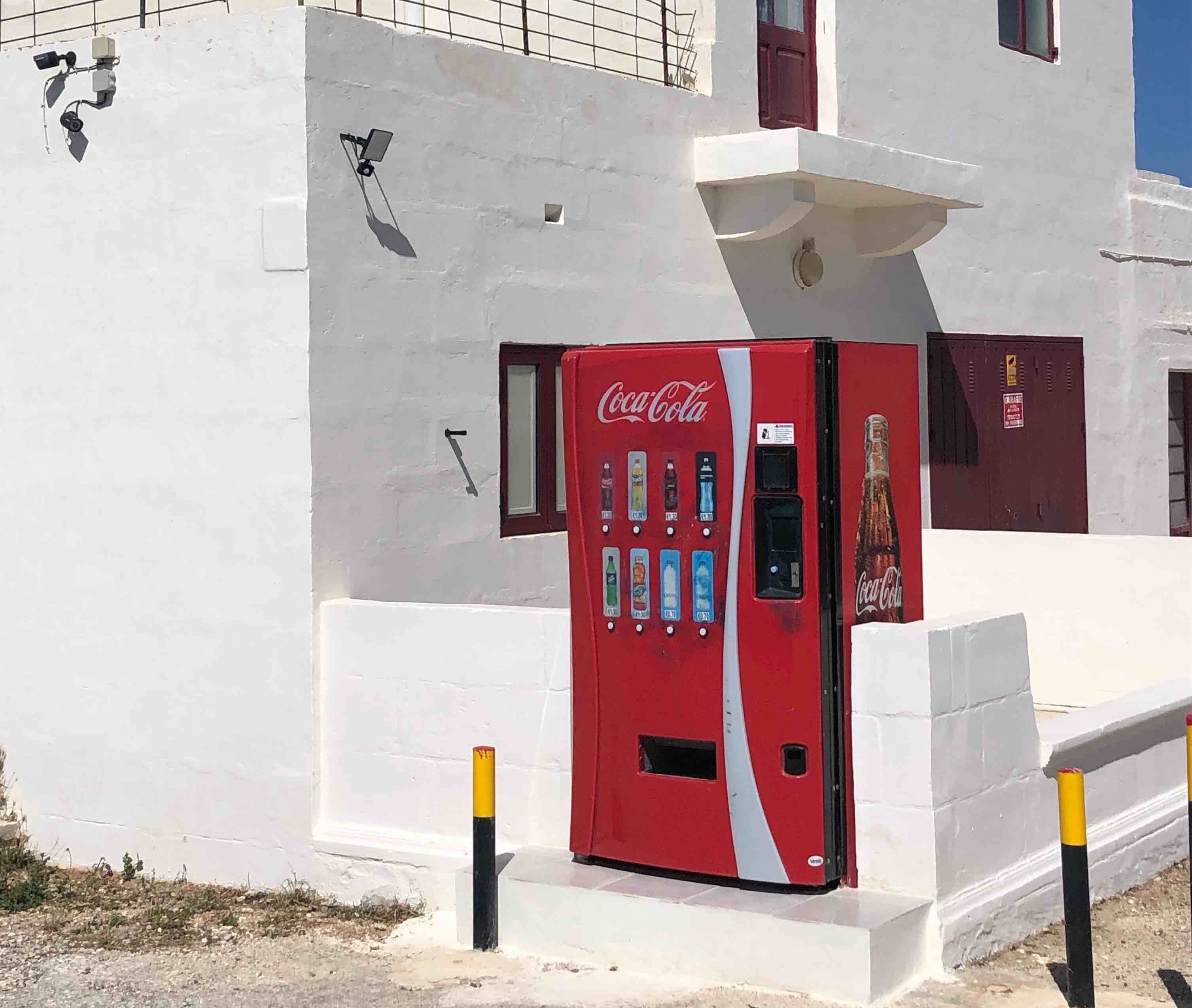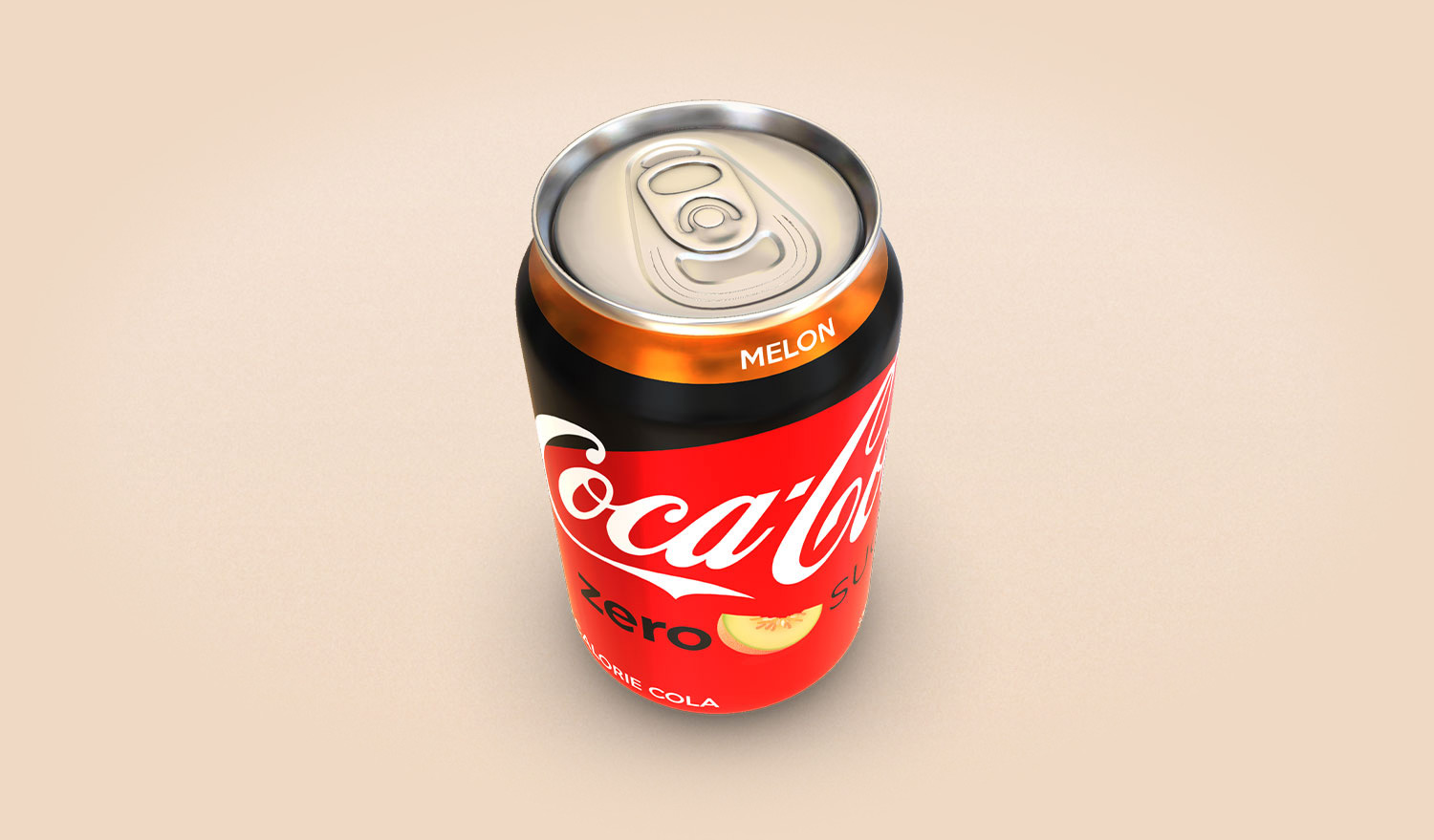Rapid product prototyping early in the design stage
Coca-Cola integrate our Augmented Reality (AR) products into their product innovation process to quickly (and confidently) iterate and screen new product ideas. From internal stakeholder collaboration to consumer research, they use mobile technology to speed up the innovation process and validate products before launch.


Research challenge
The Coca-Coca Company (a multinational beverage corporation with sales in over 200 countries) recognise the need to align internal stakeholders across different departments and geographies to effectively iterate NPD concepts. 2D sketches and images aren’t realistic and don’t allow teams to make robust business decisions on new designs, features and functionality in the context of consumer purchase decisions and consumption behaviours.
The additional challenge is to ensure that the voice of the consumer informs (rather than simply validates) NPD decisions. 2D images in online surveys aren’t a realistic representation of 3D products and physical prototypes in focus groups isn’t a time or cost-effective methodology. Qualitative insight must reflect the interactions consumers have with new products but quantitative data is also critical to ensure new product launches succeed in the real world.
Realistic product concepts
To align internal stakeholders around one version of the truth.
Quick and agile iterations
Of new product designs, features and UX/UI functionality.
Qualitative and quantitative testing
With consumer insight throughout the process.


AR product solution
Coca-Cola use our product innovation platform to transform ideas and designs into realistic 3D products, from drinks bottles to fridges and vending machines. Using a smartphone, AR products are placed in the real world (kitchen cupboard, bar table, store floor etc) so people can see a 1:1 scale model in real world context. AR products can be viewed from different angles and the product design, shape, size and colour can be changed. Interactive elements also allow exploration of key functions e.g. open door, prepare drink, replace cartridge etc.
Internal stakeholders in the design, manufacturing and marketing departments view AR products on their mobile/tablet to input into the product innovation process irrespective of where they’re located. The realism of 3D products helps teams to collaborate effectively and make quicker decisions on the best form and function. During and after the design phase, AR stimuli is integrated into standard online quantitative surveys so respondents can feedback on ‘real’ products in their homes to inform and validate products before manufacture and launch.
AR products
Which accurately represent product designs and functions.
Rapid testing
For stakeholders to iterate and decide on the best designs.
Consumer research
Scaled to respondents using their mobile phones.


Real world insight
Design concepts and drawings are brought to life with 3D AR products proven to be over 400% more realistic than 2D images. The actual products are under NDA however the sophistication of features tested includes LED screens, drink preparation and canister replacement alongside product size, shape and colour. This has also removed the barrier of shipping physical prototypes to internal stakeholders and focus groups where time, cost and safety can be an issue.
“When a brand conducts research into product and packaging design, it needs to be as realistic as possible in order for respondents to provide realistic feedback. The more realistic the product is, the more confident the brand is with a design that consumers will love in the real world.”
“When a brand conducts research into product and packaging design, it needs to be as realistic as possible in order for respondents to provide realistic feedback. The more realistic the product is, the more confident the brand is with a design that consumers will love in the real world.”


Business impact
Coca-Cola have saved time and money with robust testing of new product ideas to make confident decisions about which new products consumers will buy in the real world. This fast and cost-effective method has improved their internal process as well as scaled qualitative consumer research to quantitative samples. These insights have impacted investment decisions into new category growth sectors, saved manufacturing costs and informed marketing messaging.
